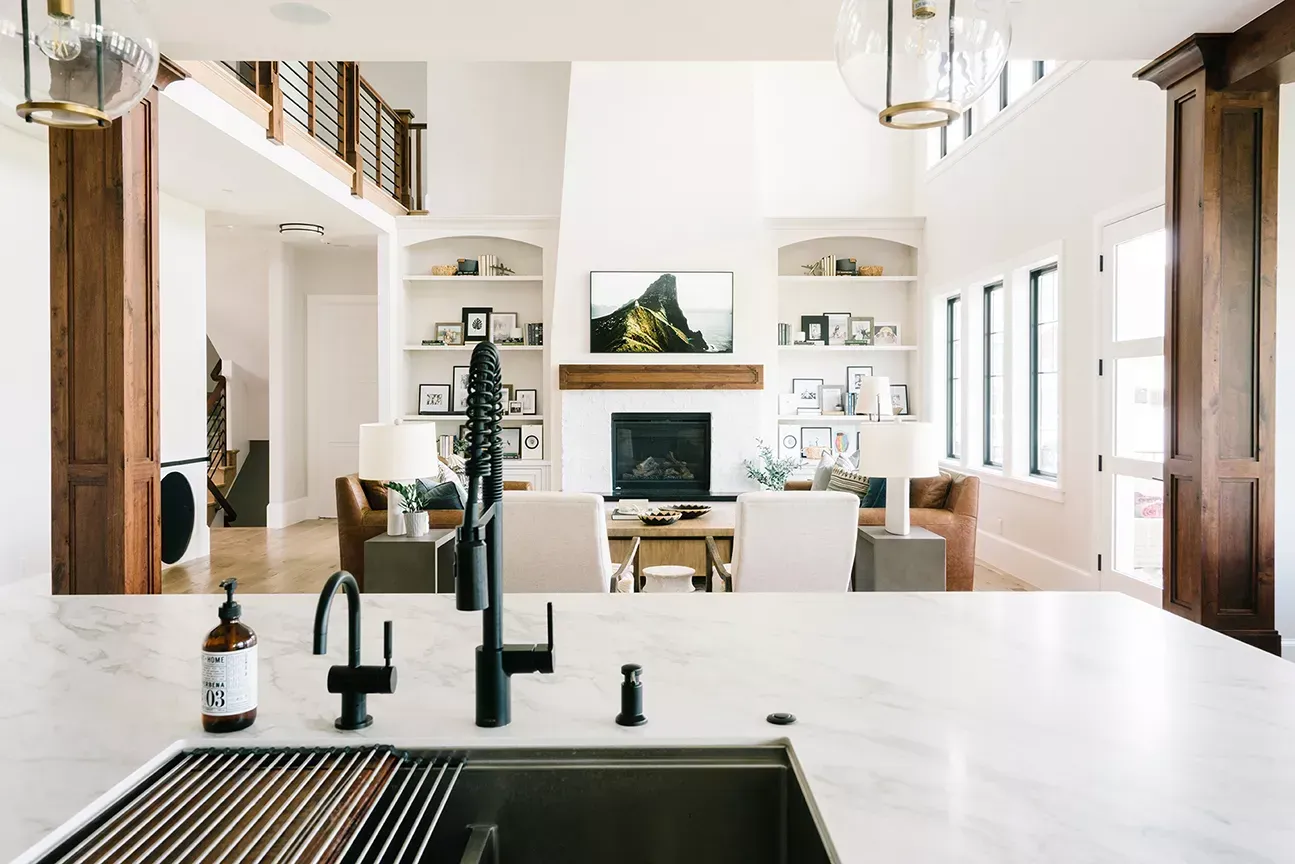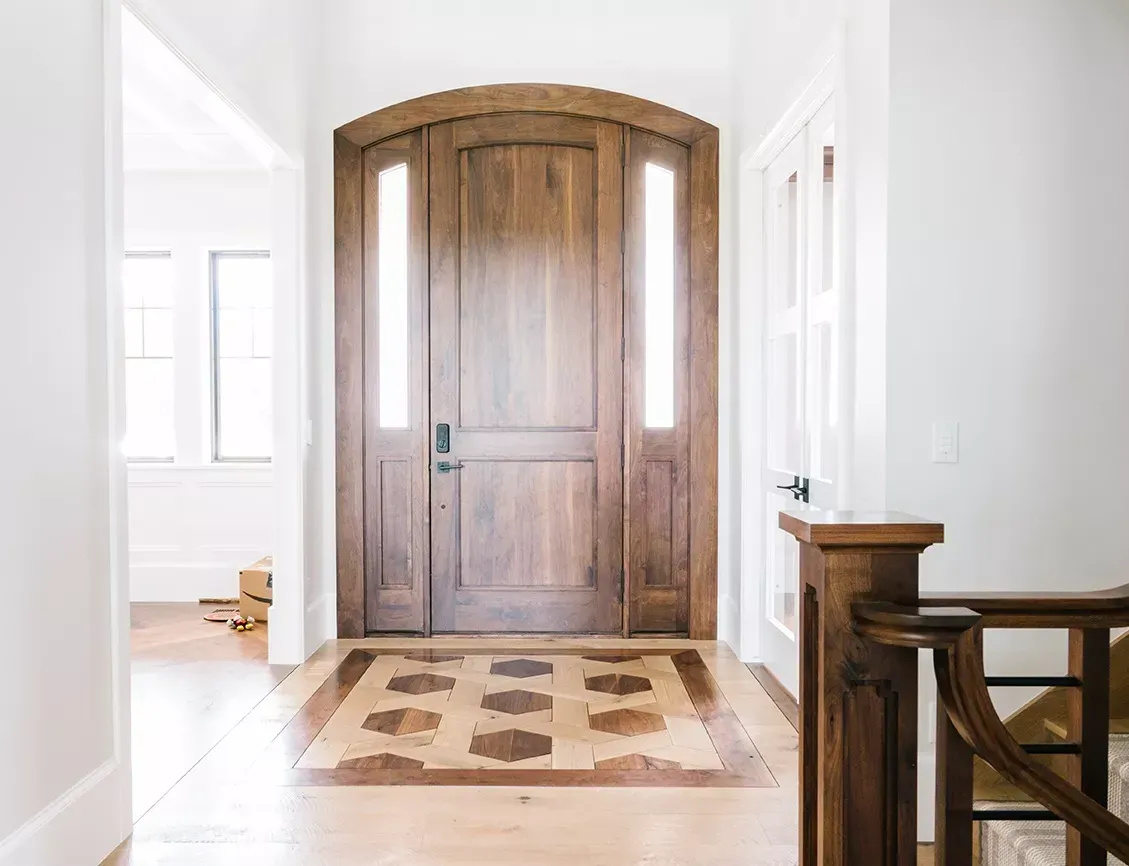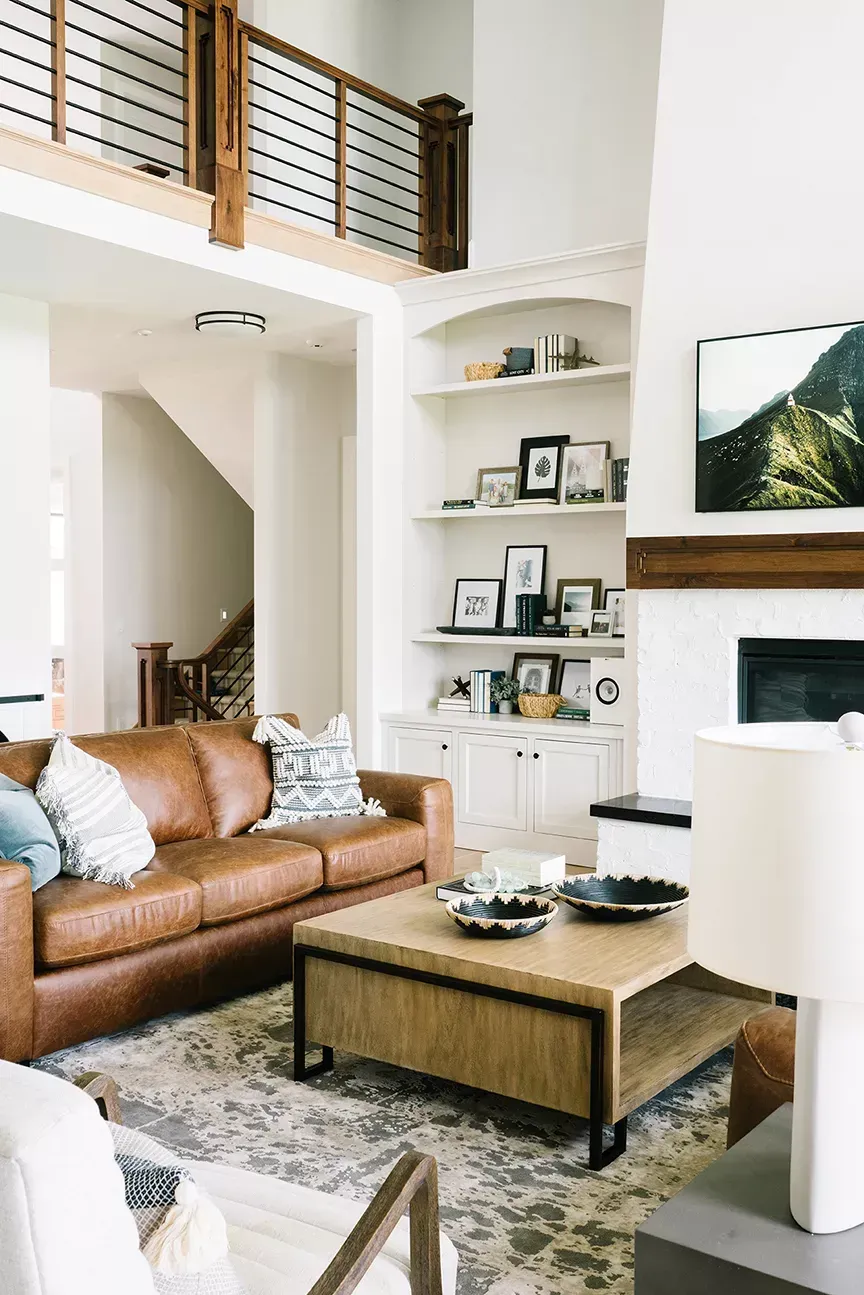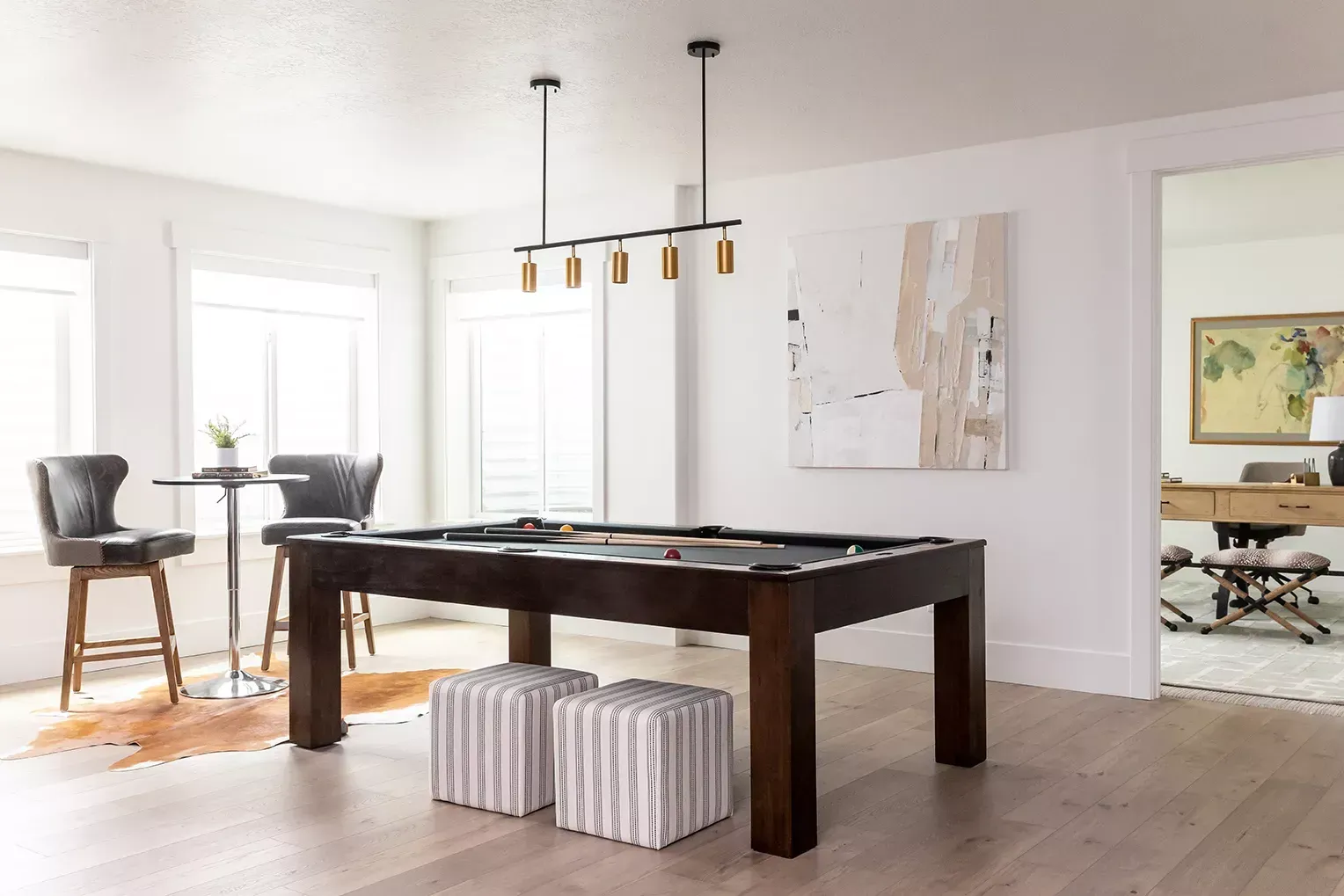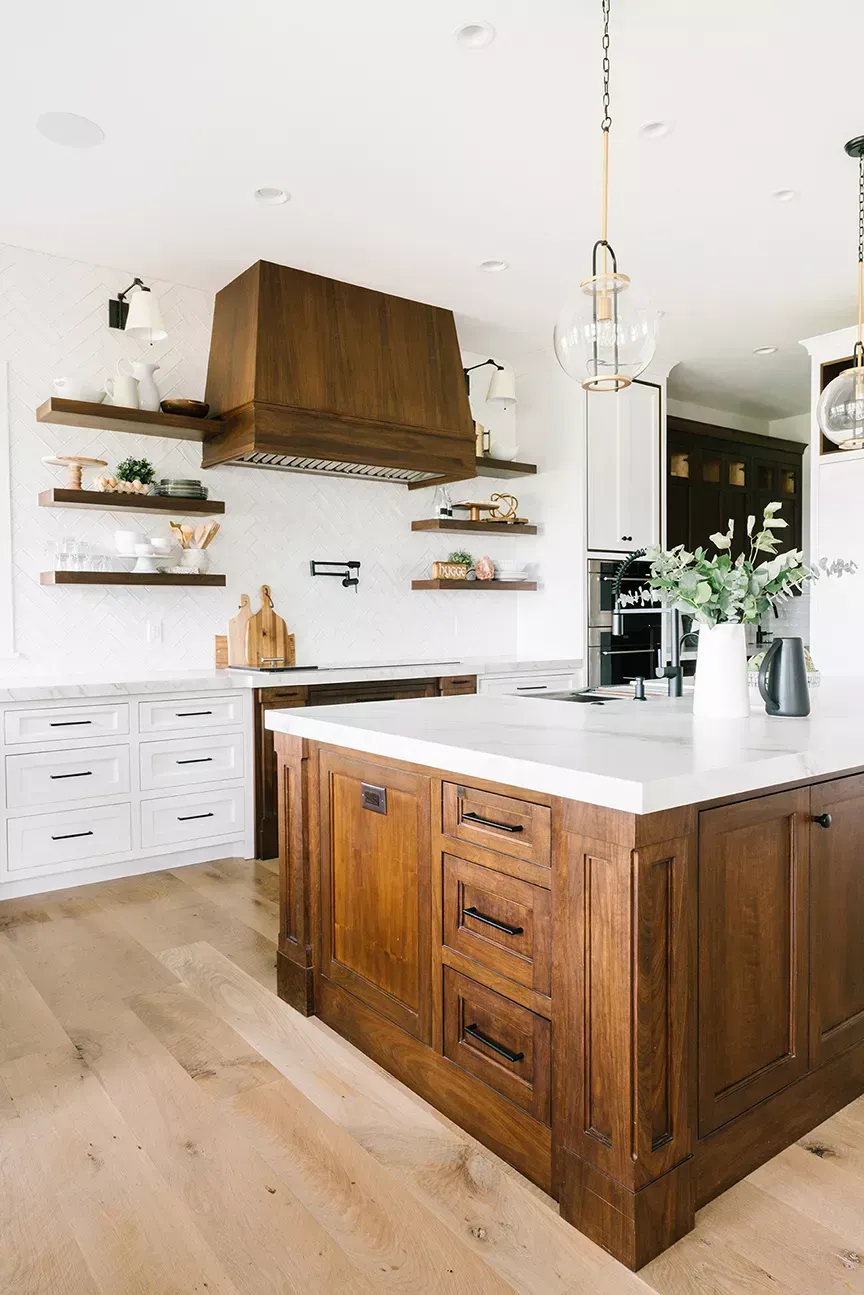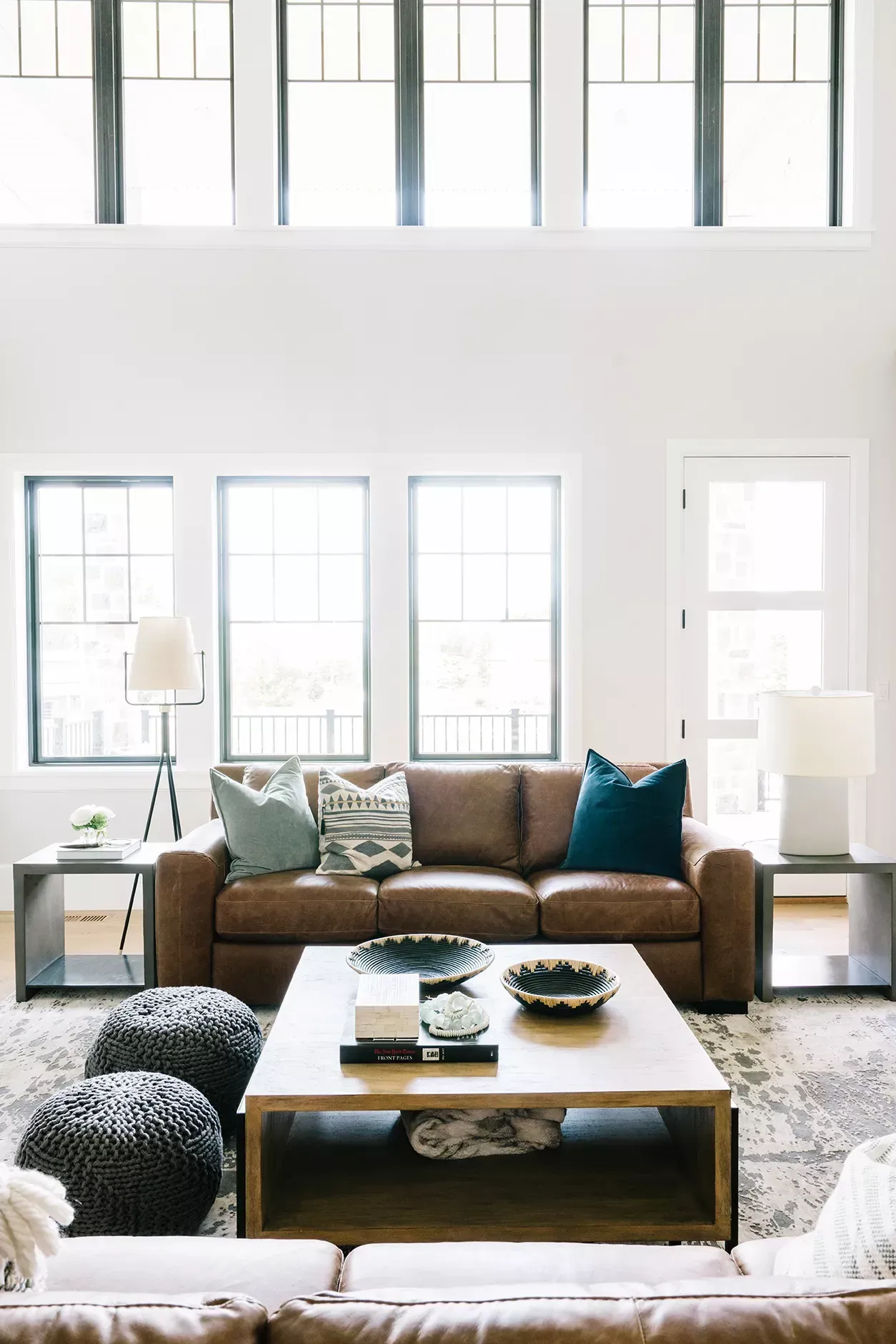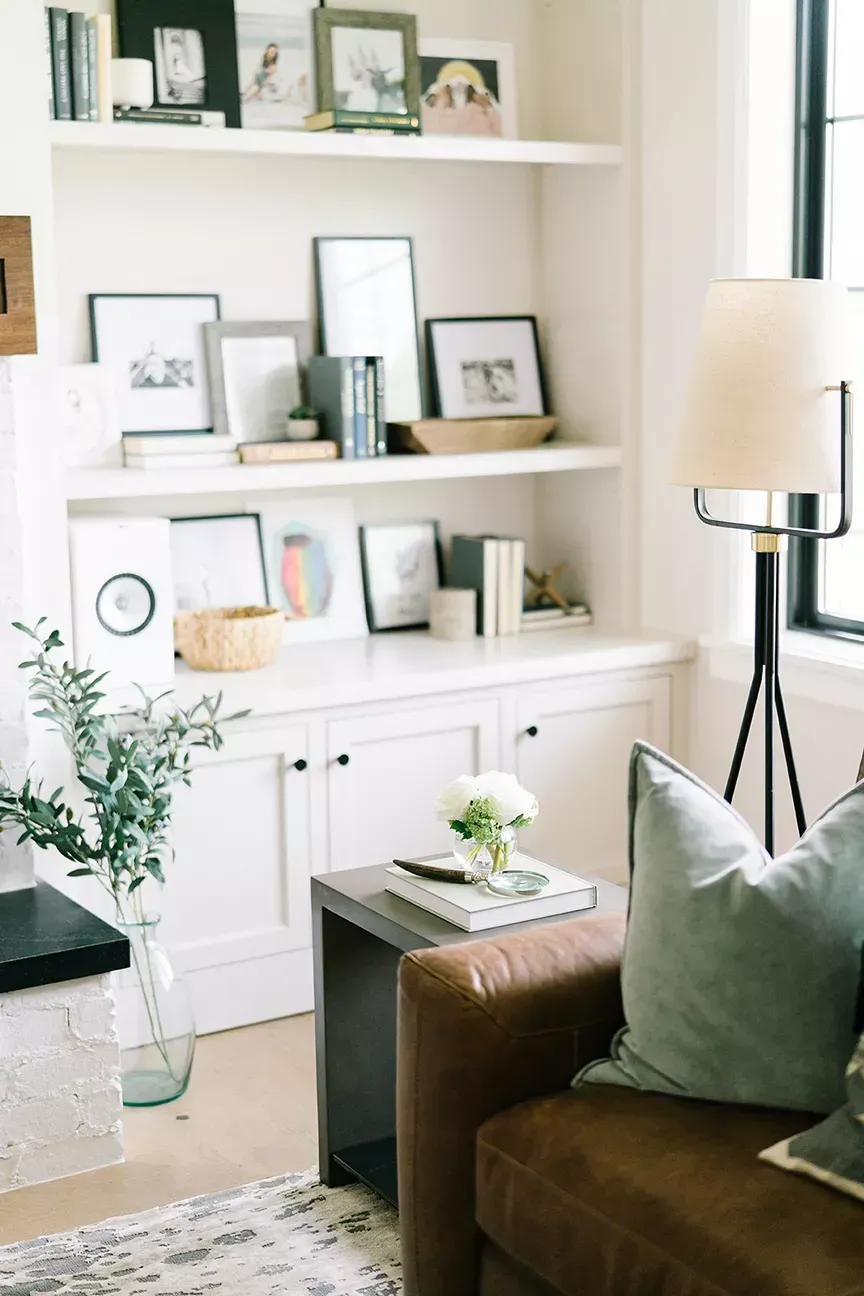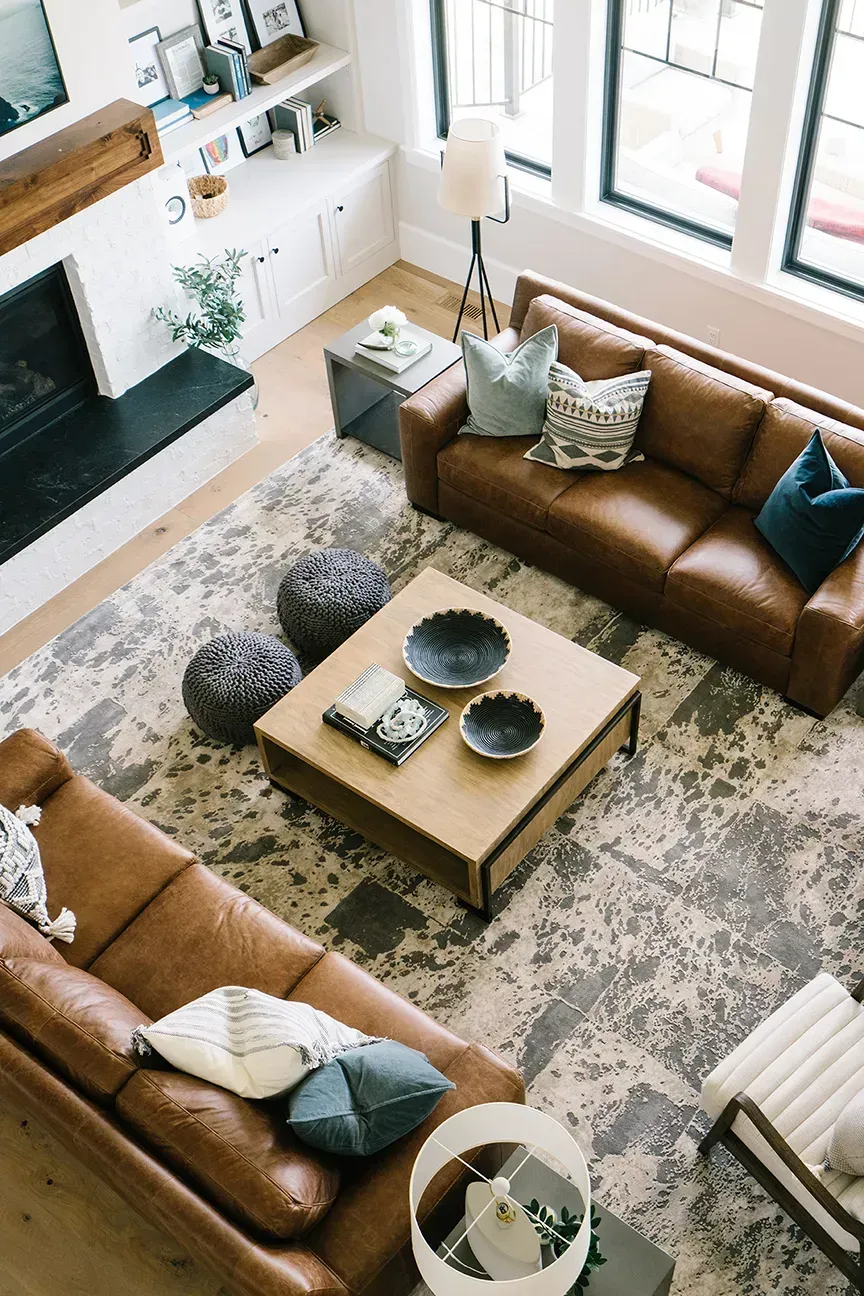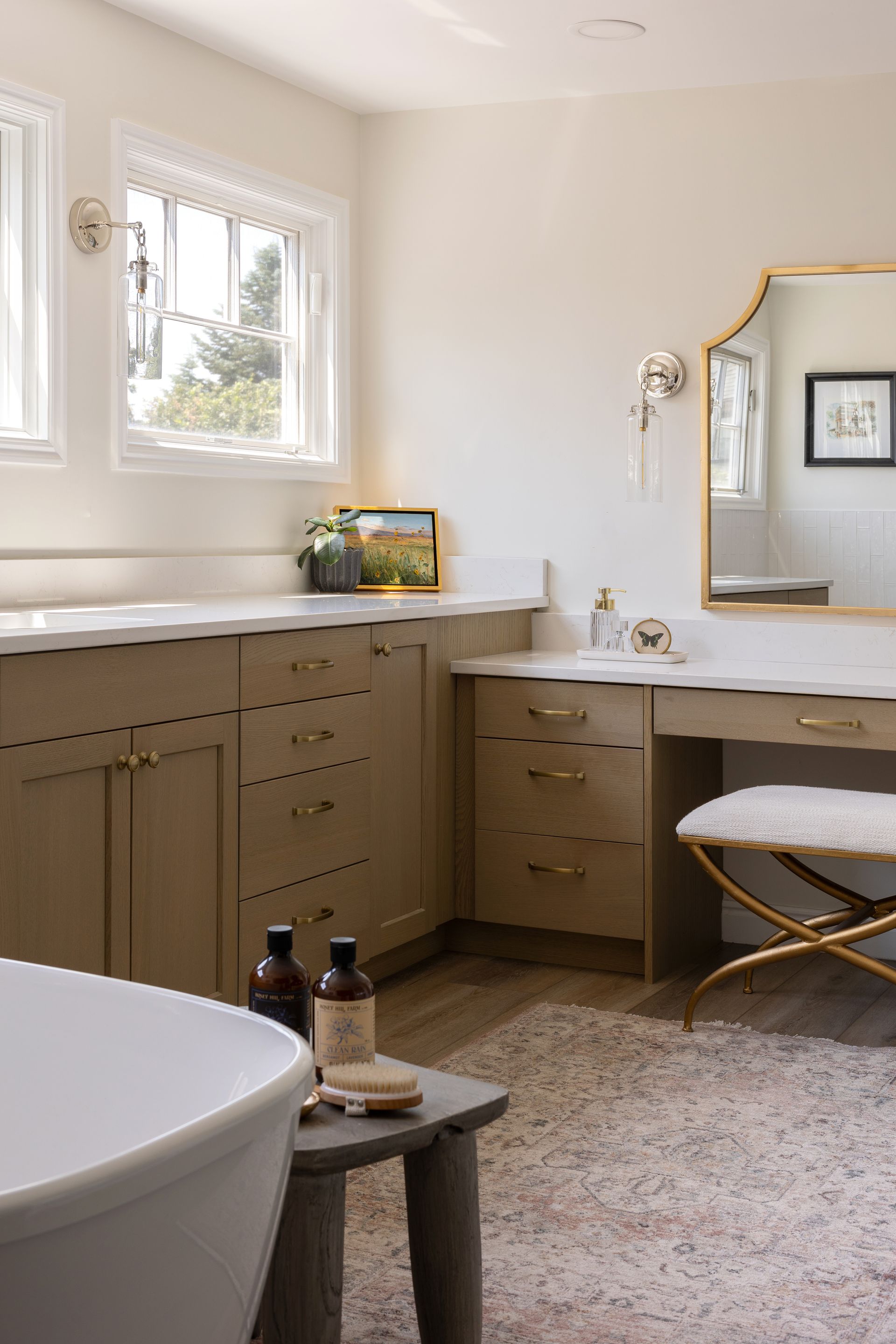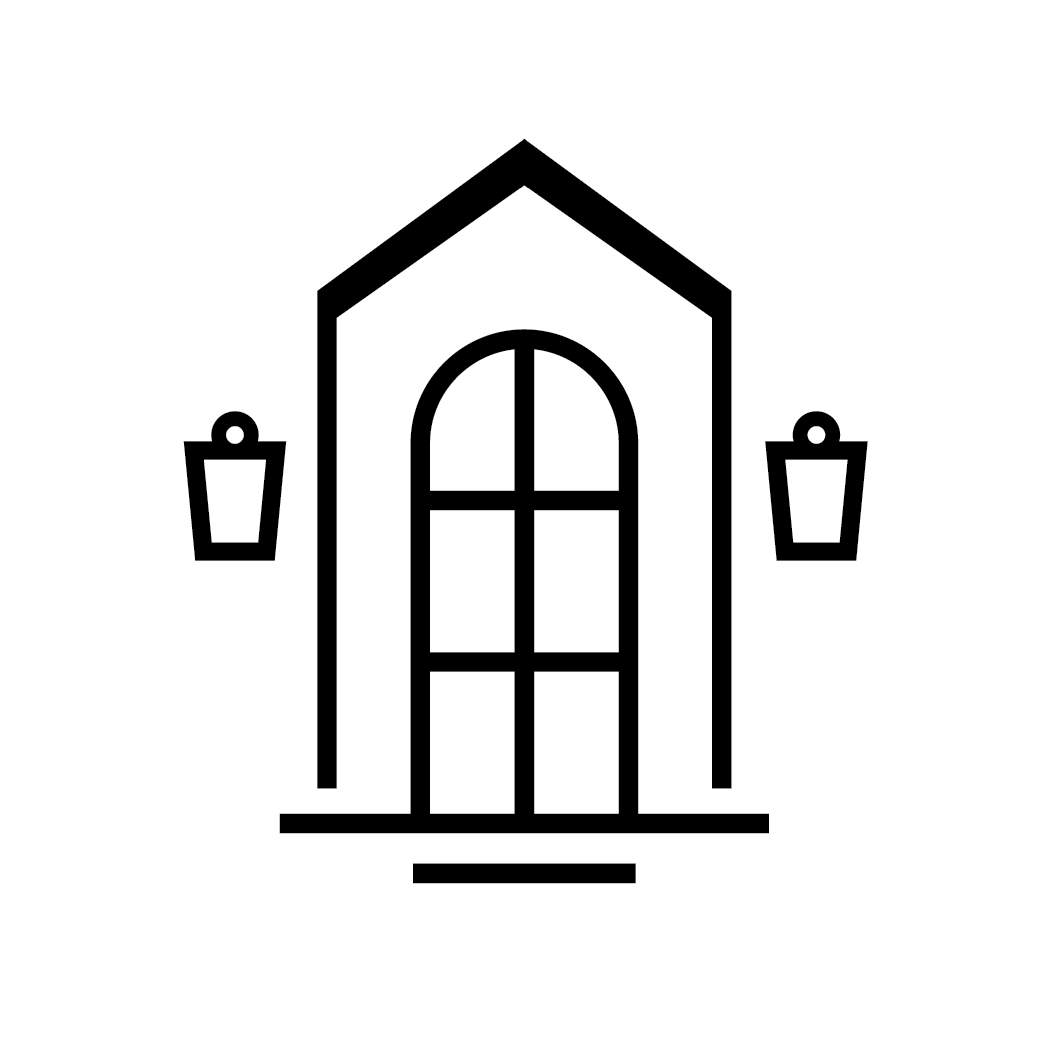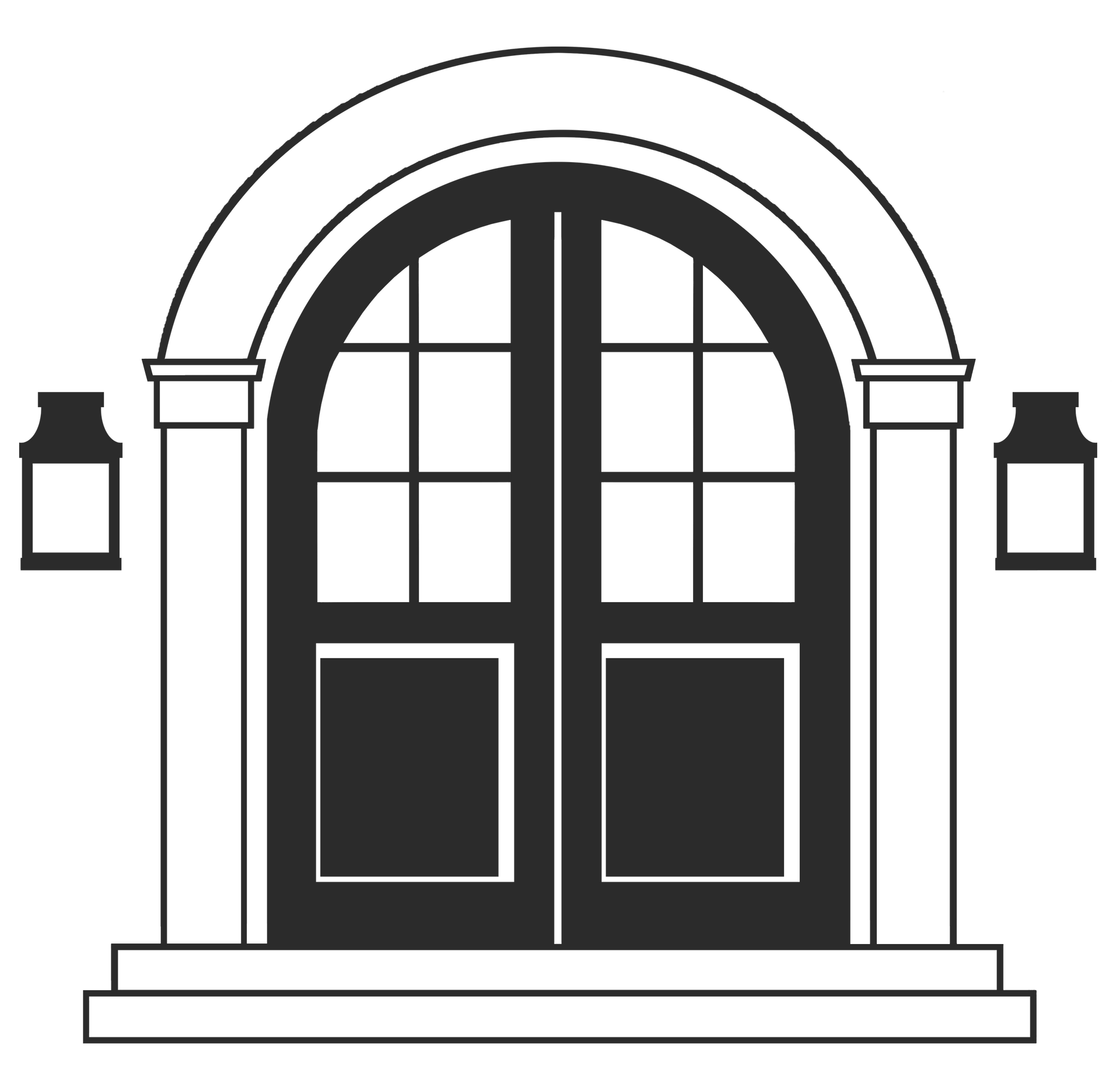Interior Design: How to Create Functional and Beautiful Spaces
In interior design, aesthetics refers to a space's visual appeal, including color schemes, textures, and overall style. Functionality, on the other hand, pertains to how well a space serves its intended purpose. Striking a balance between these elements is crucial for creating beautiful and practical environments.
To achieve this balance, consider the following:
Define the Purpose of the Space:
Understanding how a room will be used is the first step in designing a functional space. For instance, a living room should facilitate relaxation and social interaction, while a home office needs to support productivity.
Choose a Cohesive Style: Select a design style that resonates with the space's intended use. A modern aesthetic may work well in a minimalist home office, while a cozy, rustic style might be more appropriate for a family living area.
Incorporate Multi-Functional Furniture: Opt for furniture that serves more than one purpose. For example, a sofa bed can transform a living room into a guest room, while an ottoman with storage can help keep clutter at bay.
Tips for Creating Functional and Beautiful Spaces
Space Planning
Effective space planning is essential for maximizing functionality. Arrange furniture to create a natural flow through the room, ensuring that pathways are clear and that seating arrangements encourage conversation. Use area rugs to define spaces and build a sense of organization.
Lighting Design
Lighting plays a pivotal role in both aesthetics and functionality. To create a versatile environment, incorporate multiple light sources, such as ambient, task, and accent lighting. For example, pendant lights over a dining table can be a focal point while providing necessary illumination for meals.
Color and Texture
The right color palette can enhance a space's mood. Lighter colors make a room feel more spacious, while darker hues create a cozy atmosphere. Textures like soft fabrics and smooth surfaces add depth and interest to a design. Consider layering different textures to create a visually appealing environment.
Storage Solutions
Clutter can detract from a space's beauty and functionality. To keep items organized and out of sight, incorporate intelligent storage solutions, such as built-in shelves, cabinets, and under-bed storage. This enhances the aesthetic appeal and makes the space more functional.
Personal Touches
Adding personal elements, such as artwork, photographs, and decorative items, can make a space feel unique and inviting. However, balancing is essential; too many personal items can create clutter. Choose a few meaningful pieces to display prominently.
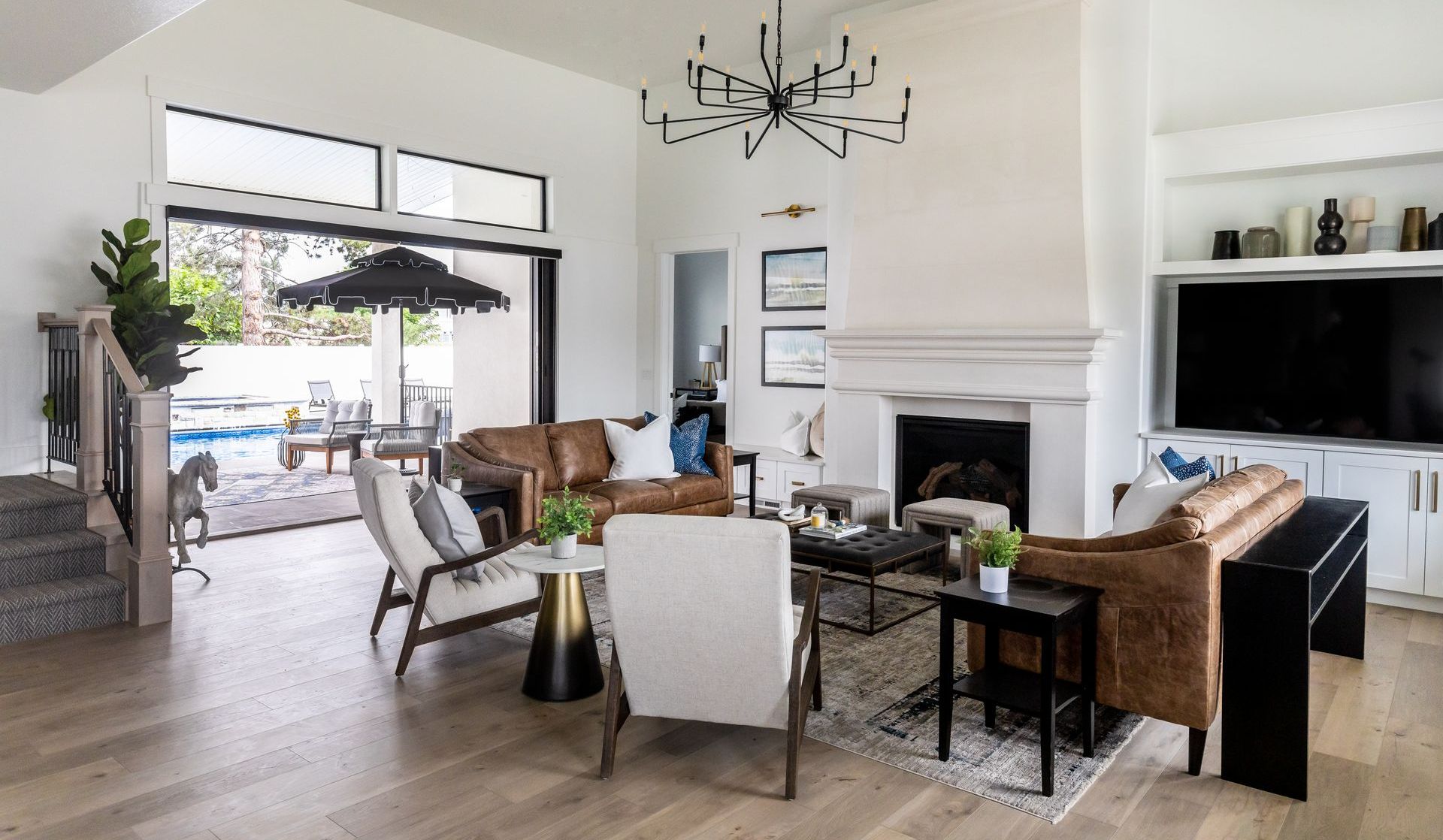
The Benefits of Hiring Professional Interior Designers
While DIY design can be rewarding, hiring a professional interior designer offers numerous advantages that can elevate your space.
Expertise and Experience:
Interior designers have the training and experience to create beautiful and functional spaces. They understand design principles, color theory, and spatial relationships, which can lead to more effective and aesthetically pleasing outcomes.
Access to Resources: Designers often have access to exclusive materials, furnishings, and resources that may not be readily available to the general public. This can lead to unique design solutions that enhance a space's look and feel.
Time and Stress Management:
Designing a space can be time-consuming and overwhelming. A professional can streamline the process, from sourcing materials to coordinating with contractors, allowing you to focus on other priorities.
Tailored Solutions:
A designer will take the time to understand your needs and preferences, creating a customized design that reflects your style and fits your lifestyle. They can also provide solutions for challenges you may have yet to consider.
Increased Home Value:
A well-designed space can significantly increase the value of your home. Professional designers know how to create appealing environments that attract potential buyers, making your investment worthwhile.
Designing with purpose means creating functional and beautiful spaces that enhance how we live and interact within our environments. Homeowners can balance aesthetics and practicality by focusing on space planning, lighting, color, and personal touches.
While DIY design can be fulfilling, hiring a professional interior designer can provide invaluable expertise and resources, ensuring your space is stunning and tailored to your needs. Ultimately, the goal is to create a home that reflects your personality while effectively serving its intended purpose.
